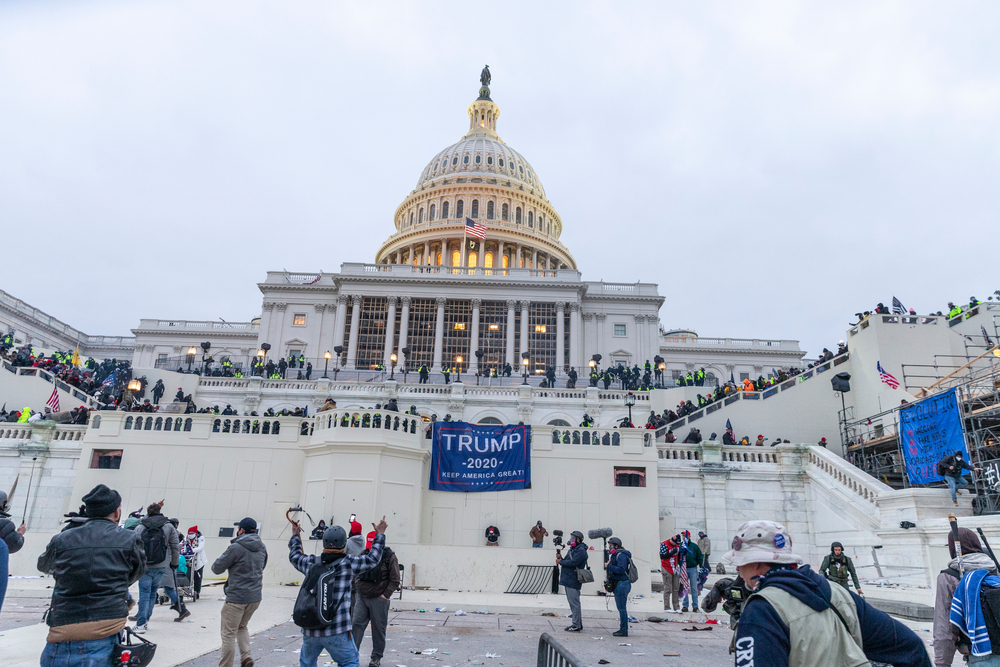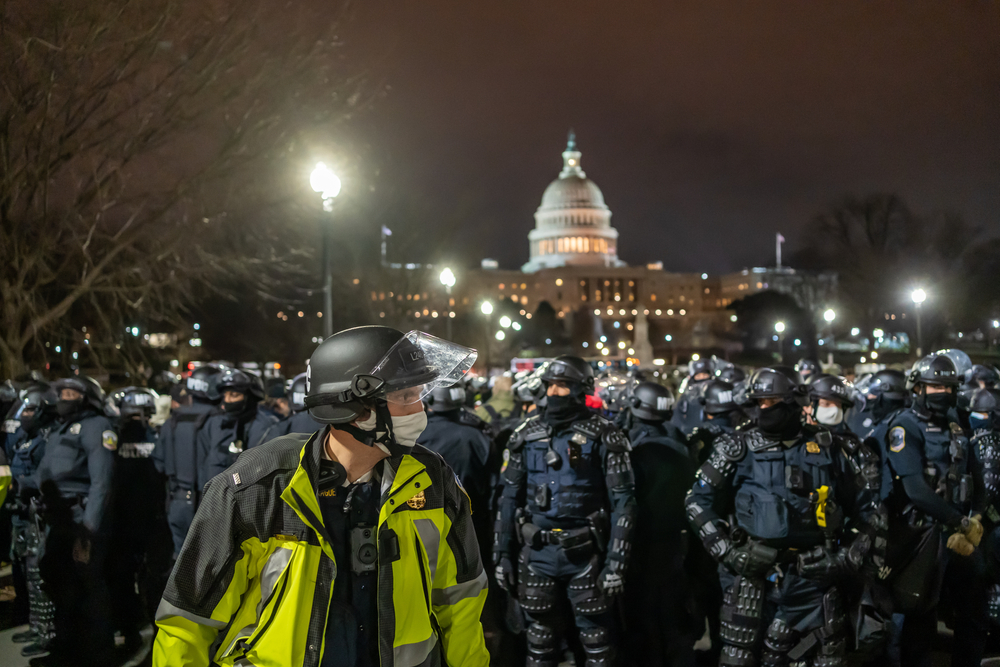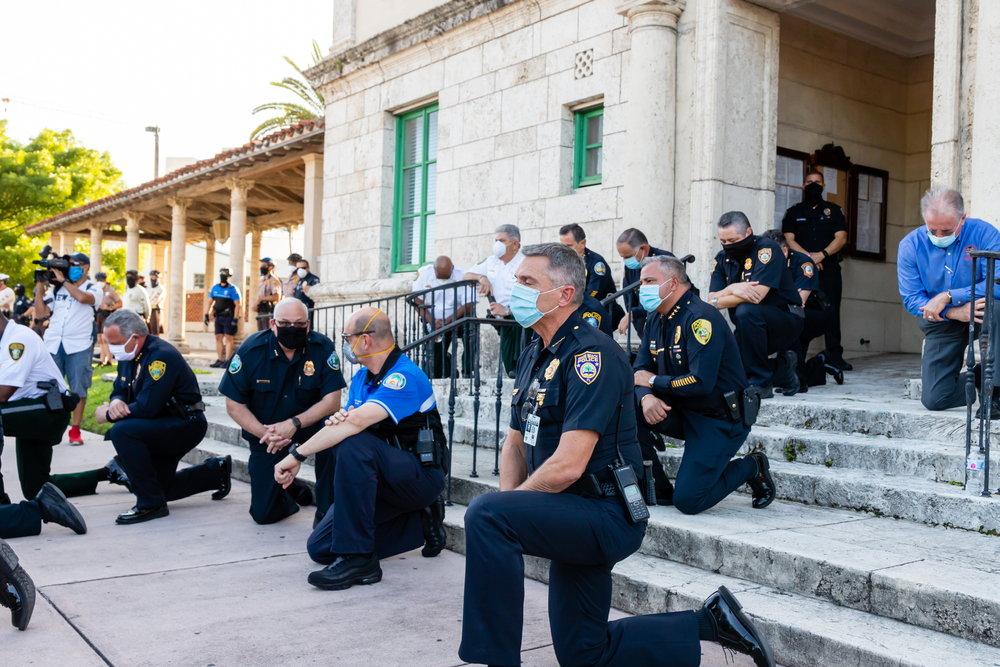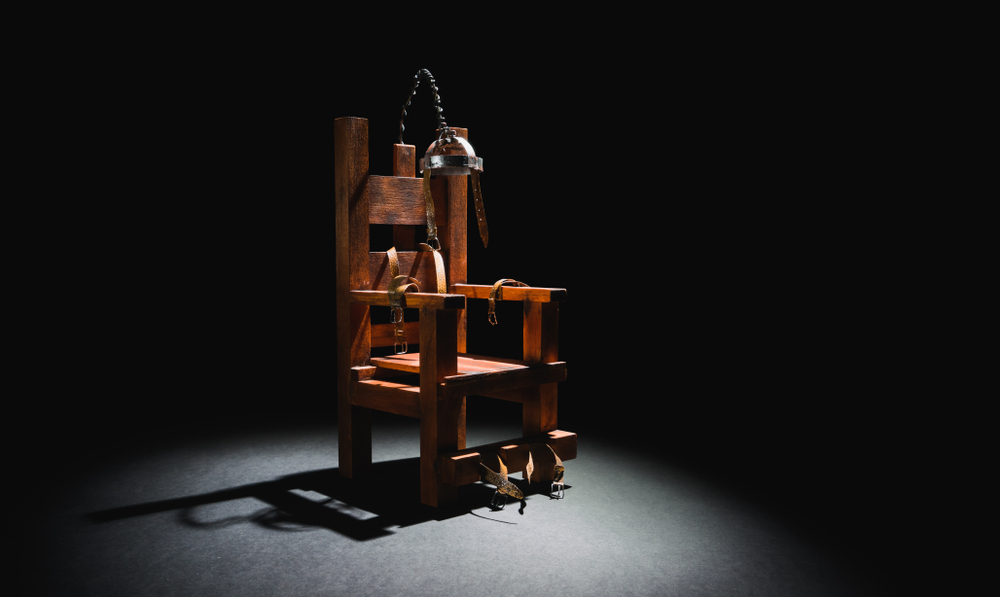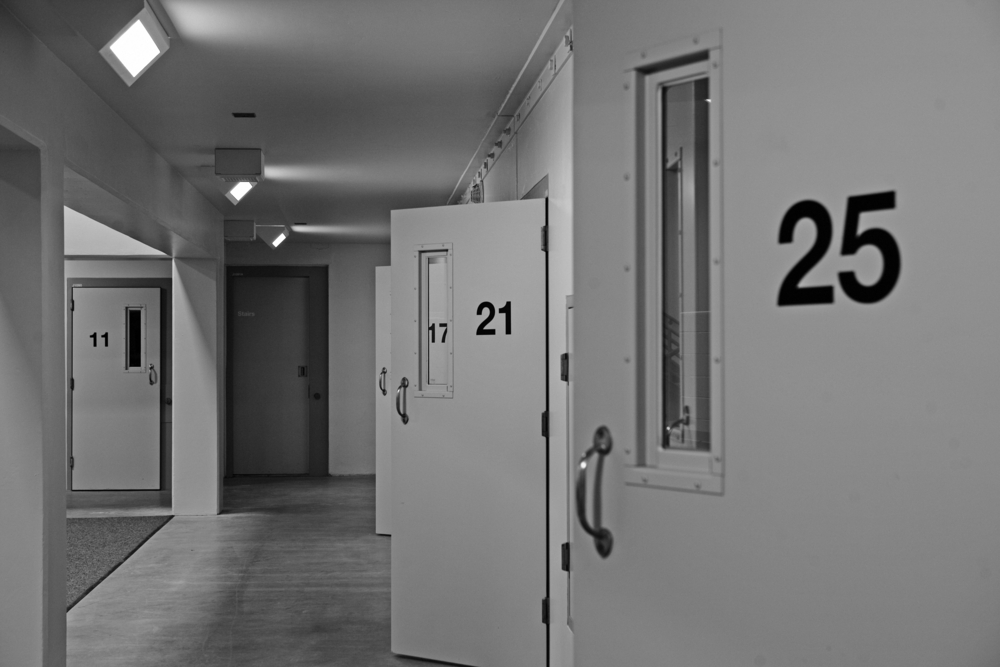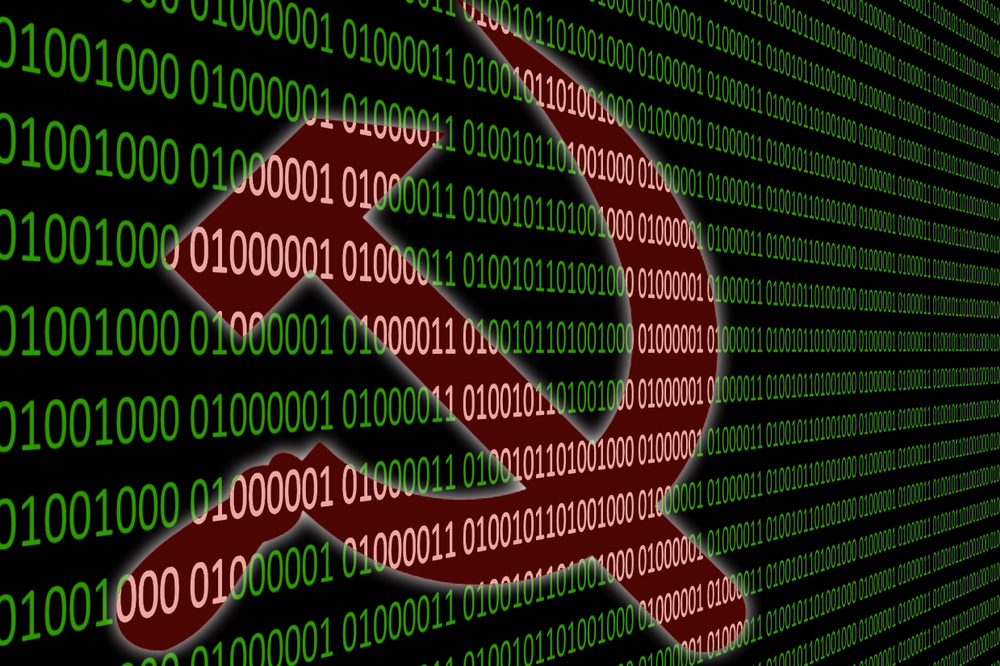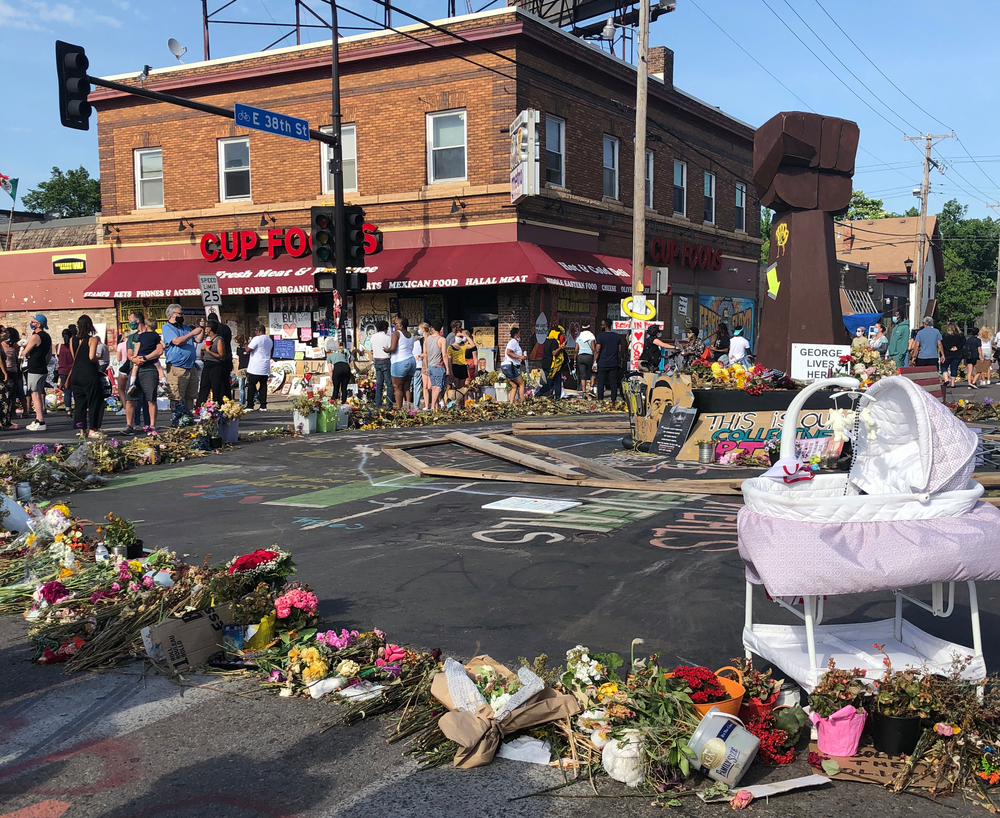Use of force by police gets more scrutiny
The Houston Police Department fired four officers involved in the killing of 27-year-old Nicolas Chavez in April. A total of 24 rounds were fired at the man, who came in contact with police after they received a call of a “suicide in progress.” Police Chief Art Acevedo came down hard on the officers involved, saying Chavez was already incapacitated and there was no need to fire that many shots.
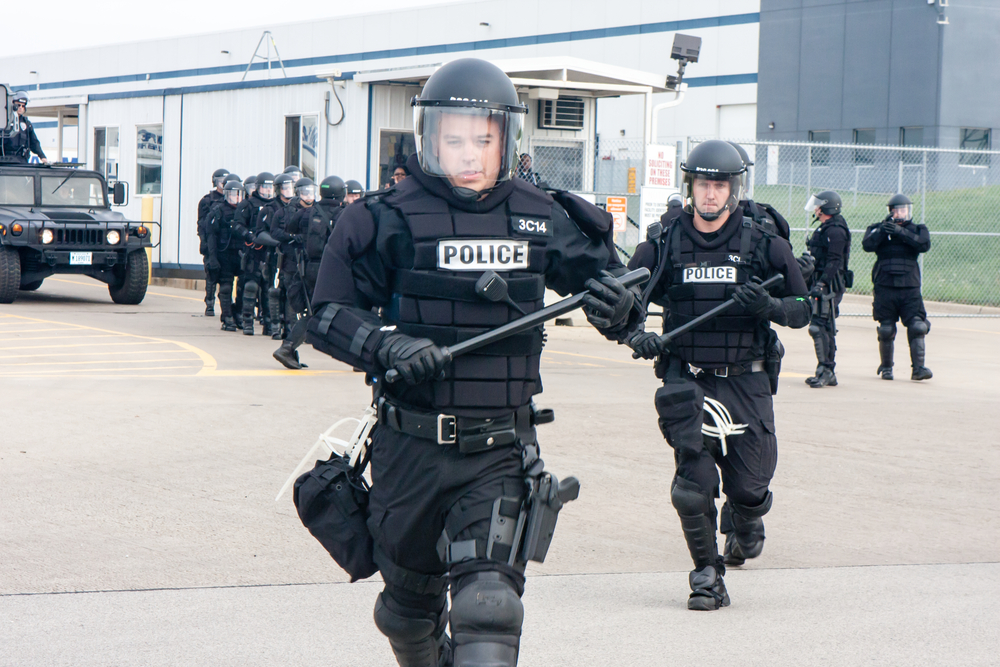
The use of force is getting more scrutiny from police chiefs with calls from the public for reforms that allow less use of force. But the public does not always understand why it is used, said Von Kliem, director of community relations and a policy instructor for the Force Science Institute in Minnesota.
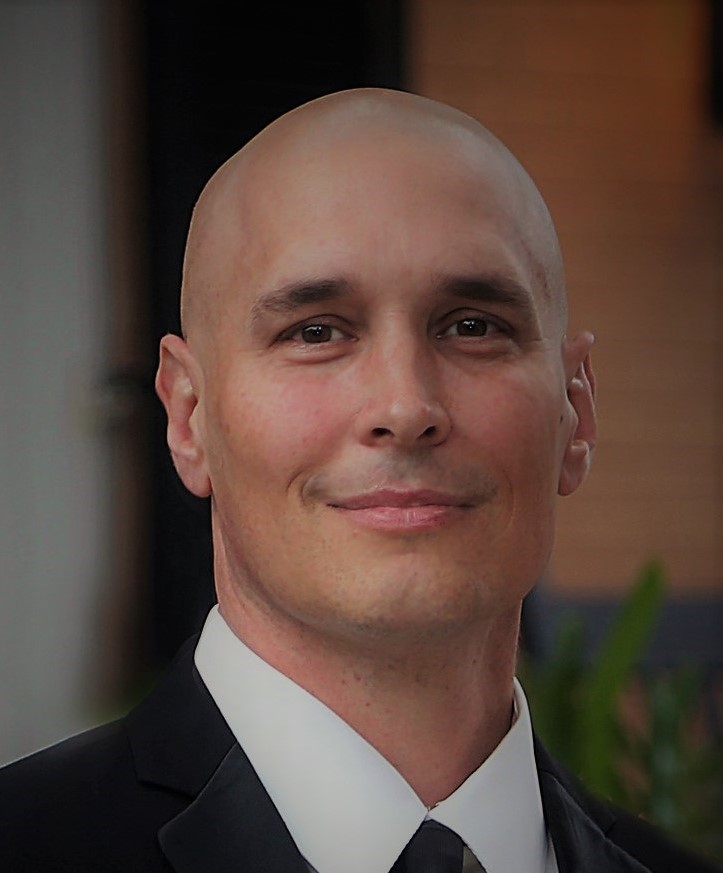
“Undoubtedly there is more scrutiny and the complication of that is when I have these conversations,” he said. “We have one concept of police as professionals where we have always been engaged in constant and never-ending improvement. We need to steward the best of yesterday’s lessons learned into tomorrow’s generations of police.”
But people also need to see them as humans who must make split-second decisions, he said.
RELATED: Predictive policing is predictably controversial
RELATED: Police reconsider facial recognition, other tech
In the Houston case, an investigation found that just three of the shots were reasonable.
“The discharge of those 21 shots by those four members are not objectively reasonable,” Acevedo said, according to CNN. “I don’t consider them objectively reasonable; the chain of command does not consider them objectively reasonable and I believe anyone that watches this … would see they had a lot of opportunities and a lot of other options readily available to them.”
Acevedo went on. “You don’t get to shoot somebody 21 times because at that time, when we discharged those 21 rounds, Mr. Chavez was at his greatest level of incapacitation.”
Mayor agrees with chief
Houston Mayor Sylvester Turner backed up the chief.
“Chavez’s father, Joaquín Chavez, told CNN that his son had struggled with depression and anxiety but that he didn’t know what his son was going through the night he died. The firing of the officers marked the beginning of justice for his son,” he said. “In this case, I have concluded there was no imminent threat to any police officer, and they could have returned home to their families.”
He added, though, that the firings were not an indictment of the entire 5,300-officer Houston department.
Most already have policies
Most police departments already have good policies in place for use of force, Kliem said. But they second-guess those policies when the public reacts.
“If a police department was doing it right in the first place, they probably already looked at policies in many cases, but it is a natural reaction for agencies to defend those policies,” he said. “I would hope, and my experience is that most agencies already had good policies on use of force and what they are trying to do is respond to the community to go back and look. They should have been doing that in advance of use of force.”
A lot goes into those split-second decisions by police officers, Kliem said. “We are always looking for evidence-based lessons learned that can be fed into the profession. That is what Force Science has been doing for decades.”
The Force Science Institute teaches this to officers from all over the country, he said.
Now that the community has “been awakened” due to the high-profile media cases and the advent of cell phone video and social media, there is a very fast and broad exposure to policing issues, Kliem said.
“On the one hand, this is very welcome because it forces people to dig into the reality, but there is a risk,’’ he said. “Unconscious incompetence, people who don’t know what they don’t know are going to formulate an opinion on that video snippet and this becomes really dangerous because as experts in use of force, and I was a police officer for over a decade then an attorney, trained military police and soldier, now senior policy advisor, that video does not always give the full picture.”
Phone video is not enough
He said he stated his background to say he would never form an opinion based on a cell phone video.
“Yet that is precisely what our society is now doing without the nuance of some important information and one is the limitations of video technology,’’ he said. “Video, itself, has limitations that need to be examined. A California court recognized recently that the lay person is not qualified to interpret a video. When we understand the limitations of a video and that it is not capturing an officer’s perception and time and distance it makes a difference.”
Citizens have an absolute civic duty to stand in judgment of the police, Kliem said.
“But we want to ensure it is an educated opinion. Video has raised the interest and gotten people’s attention. If citizens are going to meaningfully participate, they need to understand the limitations of the human behind the badge, the psychological and physical limitations of a human in assessing a threat and responding to that.”
People need to understand action versus reaction when it comes to police doing their job, he said.
“The suspect has a gun in his hand, he can fire it at an officer in a quarter of a second,’’ he said. “An officer who has his gun out and pointed at the suspect, he’s already got his gun drawn, takes .85 seconds for the officer to fire one round. That is in a simple lab setting. To simplify that, that suspect can fire three to four rounds before the officer can pull the trigger. It is because realizing the guy is now pointing a gun at you takes time, making a decision to respond takes time, physically pulling the trigger takes time.”
In a complex scenario, he said, the institute might develop a scenario where an officer may see three lights come on in a row before they are permitted to fire.
“We try to make it a complex assessment,’’ he said. “When we add that, it goes up to a second and a half in reaction time. This is what the community needs to understand.”
If a suspect fires one round and turns to run, that could be why the impact is in the back.
“That helps us understand if a human makes a decision to return fire, that takes time. Both sides are still moving during that time. What is important for citizens to understand is these concepts apply to civilian on civilian, they apply in domestic violence and sexual assault. The human factors equally apply to all in this type of situation.”








